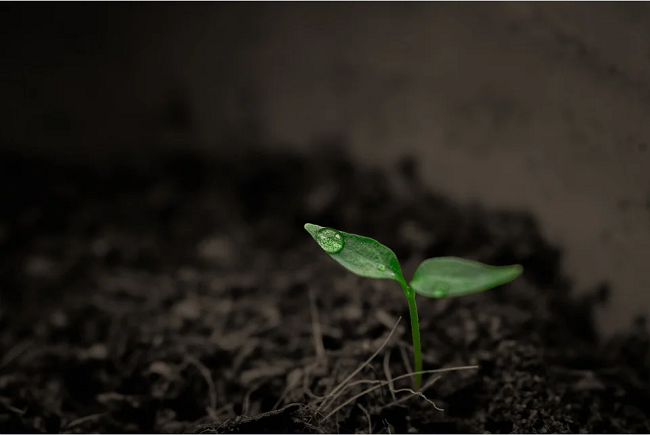
Exhibition time: 17-19 March, 2026 Shanghai, China
 中文
中文

Exhibition time: 17-19 March, 2026 Shanghai, China
 中文
中文

Key words of the passage: soil water; types; environment
The following five points will highlight the five types of water present in soil.
Though the soil particles often lie close to each other yet some angular space is always present there. All such spaces in the soil are collectively called pore space.
The pore space comprises a fairly constant volume in the soil (40-60% of total soil volume) which remains filled with water and gases in varying proportions. In a “dry” soil, water occupies a very small proportion of this space. In a “wet” soil, it is water that occupies most of this space. The soil, in fact, acts as a water reservoir for plants.
The water stored in the soil may be classified into the following four groups (Fig. 2.1):

Different Forms of Water:
Water is mainly obtained through rain. Some of the water goes into the reservoirs. This is called run off or Run away water. Rest of the water enter into the land.
Water present in soil is following type:
(a) Gravitational water:
Form of water, which reaches at the soil water table due to the gravitational force after the rainfall. This form is not available to plants but available by mechanical methods or by tube well irrigation.
(b) Hygroscopic water:
Thin film of water is tightly held by the soil particles is called hygroscopic water. This water is also not available to the plants.
(c) Chemically combined water:
The amount of water present in the chemical compounds, which are present in the particles of soil. This is not available to the plants.
(d) Capillary water:
Water exists between soil particles in small capillary pores is called Capillary water. It is the most common available form of water for absorption.
(e) Atmospheric humidity:
This is water vapor present in air, which can be absorbed by hanging roots of the epiphytes due to presence of spongy velamen tissue and hygroscopic hairs.
